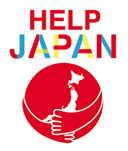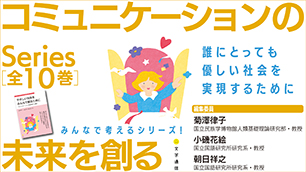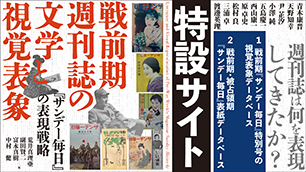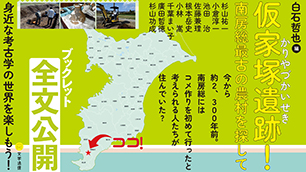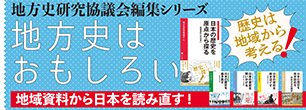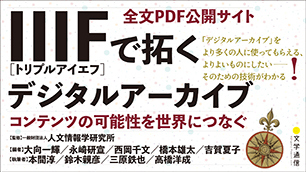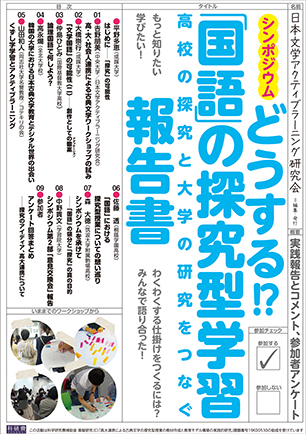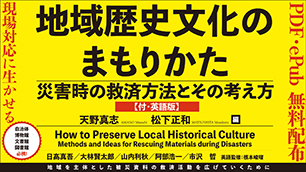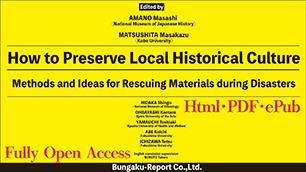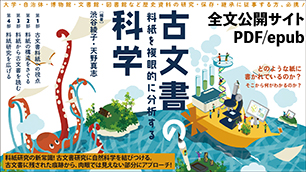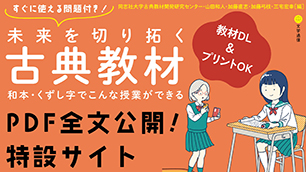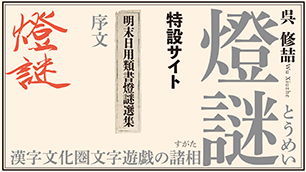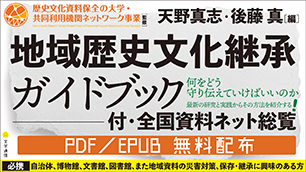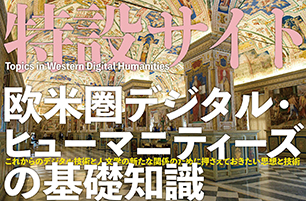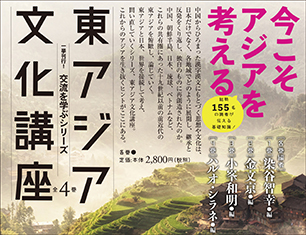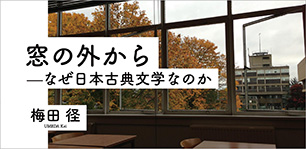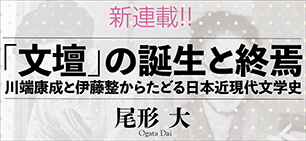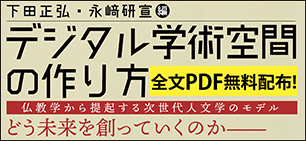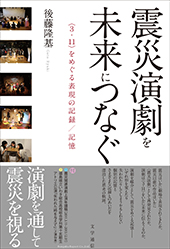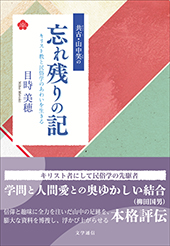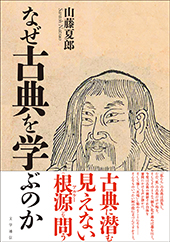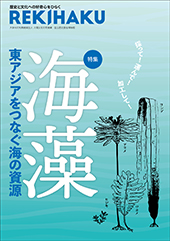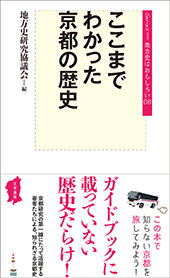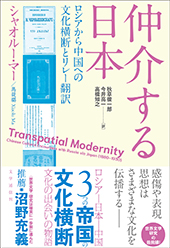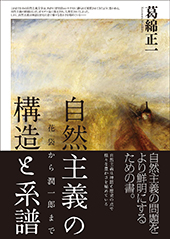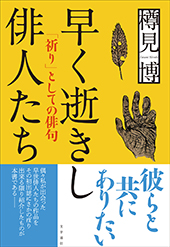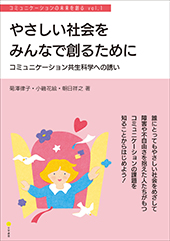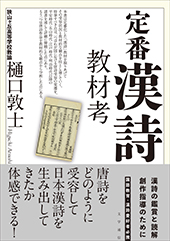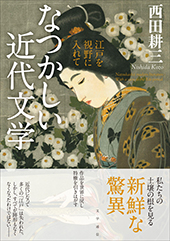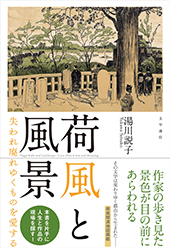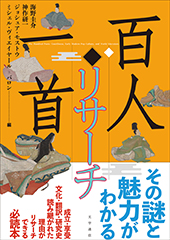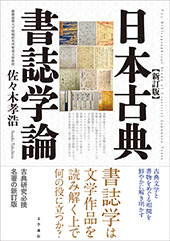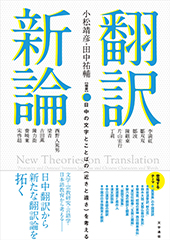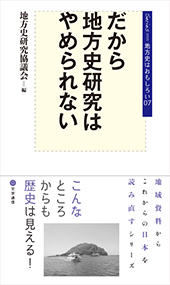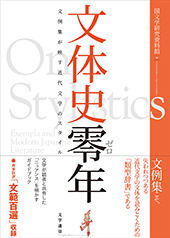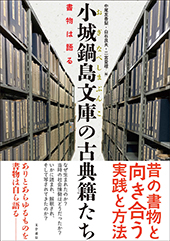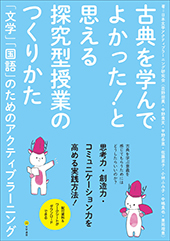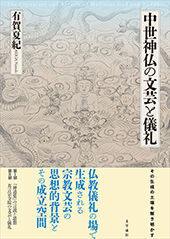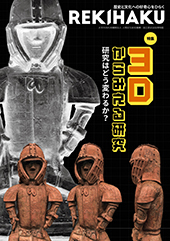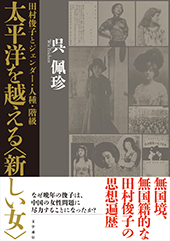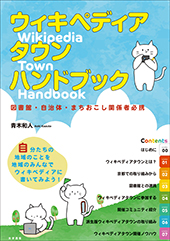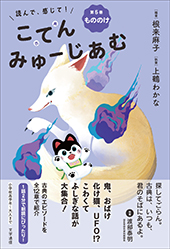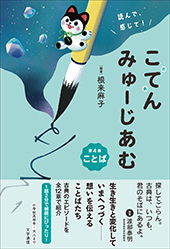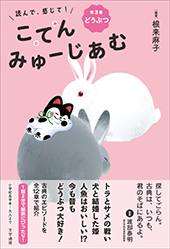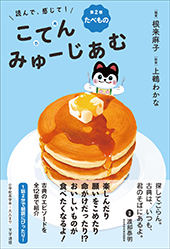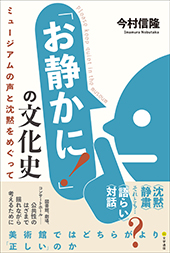国立国語研究所:第二回 「対照言語学の観点から見た日本語の音声と文法」オンライン研究発表会(2020年5月29日(金)15:00~16:00、Zoom)※要申し込み
研究会情報です。
●公式サイトはこちら
https://www.ninjal.ac.jp/event/specialists/project-meeting/m-2020/20200529/
--------------------
※申し込みは上記公式サイトをご確認ください。
プロジェクト名・リーダー名
対照言語学の観点から見た日本語の音声と文法
窪薗 晴夫 (国立国語研究所 理論・対照研究領域 教授)
班名・リーダー名
音声研究班 「語のプロソディーと文のプロソディー」
窪薗 晴夫 (国立国語研究所 理論・対照研究領域 教授)
開催期日
2020年5月29日 (金) 15:00~16:00
開催場所
Web会議 (Zoom を使用)
参加費
無料 ※要・事前登録
〈プログラム〉
「最大エントロピーモデルと音象徴 : ポケモンの名付けパターンから」
川原 繁人 (慶應義塾大学)
Whether linguistic patterns show cumulative effects or not is one of the most actively debated issues in contemporary phonological studies. This paper attempts to shed new light on this debate from a novel perspective by studying sound symbolism, systematic associations between sounds and meanings. The current experiment shows that when Japanese speakers judge Pokémons' evolution status based on nonce names, the judgments are affected both by their mora counts and the presence of a voiced obstruent. The effects of mora counts instantiate counting cumulativity, while the interaction between these two factors instantiates ganging-up cumulativity. These patterns together result in what Hayes (2020) refers to as "wug-shaped curves," a quantitative signature predicted by MaxEnt grammar. The paper shows that the experimental results can indeed be successfully modeled using MaxEnt grammar with Optimality Theoretic constraints. I also examine Stochastic Optimality Theory in light of the current experimental results and show that this theory faces an interesting set of challenges. Finally, in this paper I make a novel methodological proposal for general phonological inquiry and sound symbolism research. The current study was inspired by Hayes (2020), a proposal made within formal phonology. The experiment ended up revealing important, hitherto understudied aspects of sound symbolism, and in turn, it revealed how cumulativity manifests itself in linguistic patterns. The current exploration thus shows that formal phonology and research on sound symbolism can mutually inform one another.

